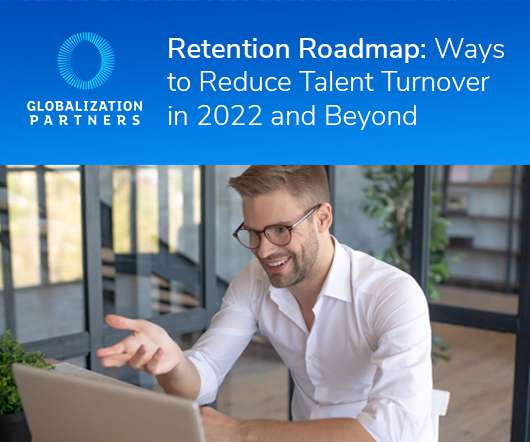The Future of HR Software in Australia: Trends & Innovations
EmployeeConnect
APRIL 1, 2025
As technology continues to advance, so does the way businesses manage their human resources. In Australia, HR software is evolving rapidly, and businesses are increasingly turning to cutting-edge solutions to streamline their processes, ensure compliance, and improve employee experience.























































Let's personalize your content